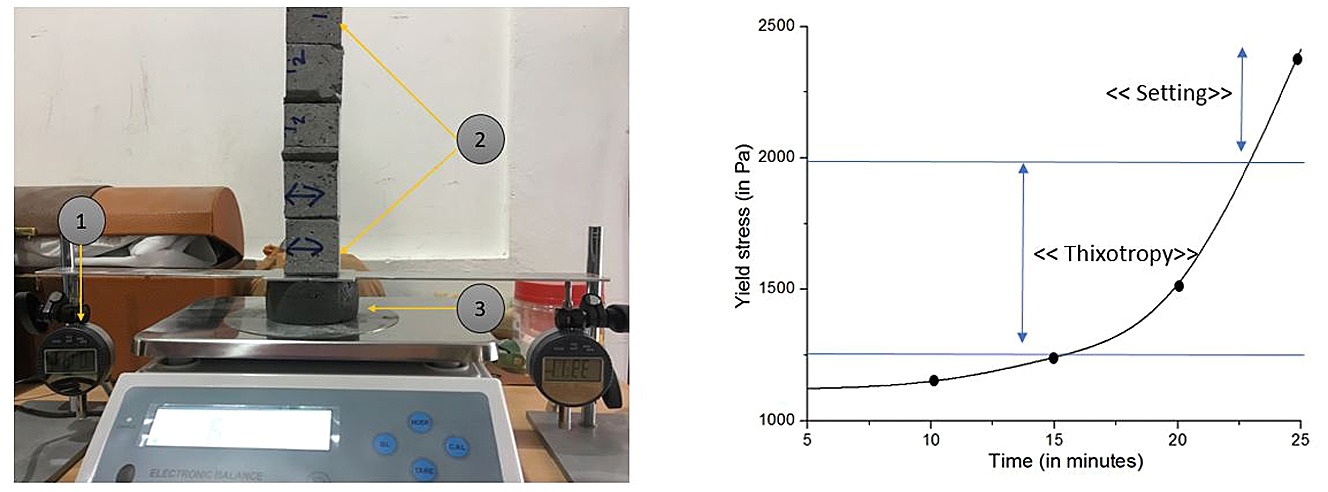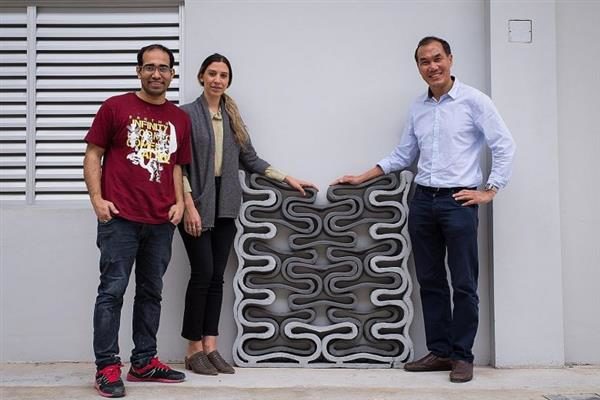Researchers at Singapore’s Nanyang Technological University (NTU) used a residue from burnt coal to create a 3D printable concrete. Called geopolymer mortar, this type of concrete is a mixture of steel slag as well as different chemicals.
The team of researchers led by Ming Jen Tan published the complete research in the journal Cleaner Production and Materials Letters.
From burnt coal to 3D printable concrete
It might be strange for a non-expert to read that researchers take advantage of a burnt coal to produce power and heat. Indeed, they transform a residue called fly ash into a 3D printable material.
The fly ash was obtained from a coal power plant in India. However, it is also possible to get these residues from local waste-to-energy plants.
Then, after some tests, they were able to make a mix from steel slag and various chemicals.
From a technical point of view, the team used an industrial robot to print geopolymer mortar in layer-by-layer manner directly from 3D computer-aided design (CAD) model. “The characteristic of raw materials and fresh properties were examined by rheology, x-ray diffraction (XRD), and scanning electron microscopy (SEM). Mechanical tests such as compression, flexural and tensile bond strength were conducted on the printed geopolymer in different printing directions and their performance was compared with casted samples.”

Results show that the mixture is strong only when the structure is used in a certain way. Indeed, researchers explained that “mechanical properties of [the] 3D printed geopolymer are mostly dependent of loading directions due to anisotropic nature of the printing process.”
The use of 3D printable concrete
The 3D printable geopolymer mortar can help to manufacture large and solid structures with concrete 3D printing equipment.
It could also allow those who work in the construction industry to reduce the carbon footprint since concrete production counts for 5% of the dioxide emissions.
However, results of the use of 3D printable concrete still needs to be compare with regular concrete in order to better evaluate the scope of this innovation.
For further information about 3D Printing, follow us on our social networks and subscribe to our newsletter!
//pagead2.googlesyndication.com/pagead/js/adsbygoogle.js
(adsbygoogle = window.adsbygoogle || []).push({});






